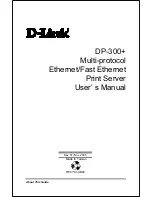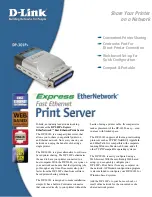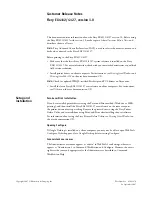
Therefore, the alternate paths are as follows:
/dev/osa/dev/dsk/c1t4d1*
/dev/osa/dev/rdsk/c1t4d1*
(StorEdge A3500 Only)
Remove the
alternate
paths to the old LUNs you reset.
#
rm /dev/osa/dev/dsk/c
N
t
X
d
Y
*
#
rm /dev/osa/dev/rdsk/c
N
t
X
d
Y
*
On both nodes, update device namespaces.
#
devfsadm -C
On both nodes, remove all obsolete device IDs.
#
cldevice clear
Move all resource groups and device groups off the node.
#
clnode evacuate
from-node
Shut down the node.
For the procedure about how to shut down and power off a node, see your Oracle Solaris
Cluster system administration documentation. For a list of Solaris Cluster documentation, see
“Related Documentation” on page 6
To create the new Oracle Solaris device files and links, perform a reconfiguration boot by adding
-r
to your boot instruction.
If an error message like the following appears, ignore it. Continue with the next step.
device id for ’/dev/rdsk/c0t5d0’ does not match physical disk’s id.
After the node reboots and joins the cluster, repeat
through
on the other node.
This node is attached to the storage array or storage system.
The device ID number for the original LUN 0 is removed. A new device ID is assigned to LUN 0.
▼
How to Correct Mismatched Device ID Numbers
Use this section to correct mismatched device ID numbers that might appear during the
creation of LUNs. You correct the mismatch by deleting Solaris and Oracle Solaris Cluster paths
to the LUNs that have device ID numbers that are different. After rebooting, the paths are
corrected.
Note –
Use this procedure only if you are directed to do so from
11
12
13
14
15
16
17
Configuring Storage Arrays
Chapter 1 • Installing and Maintaining a SCSI RAID Storage Device
29
















































